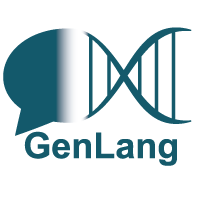 | GenLang Consortium |
Cohorts
A core aim of the GenLang network is to bring together research teams and cohorts with data on speech, language, reading and related skills coupled to molecular genetic information from the same individuals. GenLang provides a flexible dynamic framework for research teams and their participant cohorts to opt in or out of different multisite collaborative projects depending on data availability and research interests. Here we provide brief overviews of many of the cohorts that have joined the network, from different countries around the world.
Avon Longitudinal Study of Parents and Children (ALSPAC) |
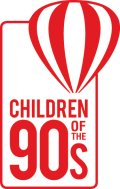
|
The Aston cohort
The Aston cohort is composed of some 200 families recruited via the Aston Dyslexia and Developmental Assessment Unit in Birmingham, UK. Children attending this educational clinic have been referred for difficulties in reading decoding and/or comprehension by local schools. The cohort has information on dyslexia diagnoses, and also collected quantitative information on several reading ability measures in children 7 to 15 years of age.
GenLang PI's: Silvia Paracchini, Joel Talcott
Brisbane Adolescents Twin Sample (BATS)
The BATS is an ongoing program at the Queensland Institute of Medical Research (QIMR), Australia, that uses a resource of adolescent twins (2,720 individuals) and their singleton siblings (1,179), constituting 1,324 families. Although the program measures a broad range of phenotypes, two main studies aim to reveal the genetic architecture underlying moliness and cognitive function. The BATS has information on several reading- and language-related phenotypes in adolescents.
GenLang PI's: Michelle Luciano, Margie Wright, Nick Martin, Tim Bates
The Basque Center on Cognition, Brain and Language (BCBL) cohort
BCBL is a cohort of children aged 6 to 16 years that were enrolled through schools from different regions all over Spain
(Andalucía, Basque Country, Castilla-León, Murcia, and Canary Islands). The BCBL cohort collected information on a wide range of speech-, reading- and language-related phenotypes.
GenLang PI: Manuel Carreiras
Colorado Learning Disabilities Research Centre (CLDRC)
The long-range objectives of the US-based CLDRC are the identification, characterization, validation, and amelioration of reading and writing difficulties, as well as attention deficit hyperactivity disorder (ADHD), which together represent the most prevalent disorders of childhood. To accomplish these objectives, the CLDRC employs a unique approach that assesses the extent to which genetic and environmental influences underlie the disorders, and that uses covariation in aetiology to understand whether deficits in component skills of reading and writing are manifestations of a single syndrome or represent separate subtypes. CLDRC has information available on a range of reading-, speech- and language-related phenotypes in children aged 6 to 18 years.
GenLang PI's: Richard Olson, Erik Willcutt, John DeFries, Sally Wadsworth, Bruce Tomblin, Shelley Smith, Jeffrey Gruen, Jan Keenan
|
COPSAC2010 |

|
|
Early Language in Victoria Study (ELVS) |
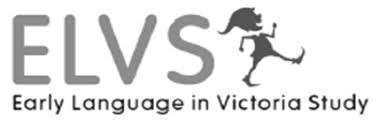
|
|
Netherlands Twin Registry (NTR) |
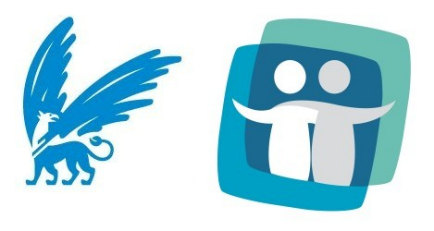
|
Familial Influences On Literacy Abilities (FIOLA)
The FIOLA cohort consists of Dutch families who visited the NEMO science museum in Amsterdam and who were willing to take part in the study with at least one parent and one child. Parents and children were tested on reading ability, reading-related cognitive skills, and arithmetic, also providing DNA samples for genetic investigations.
GenLang PI's: Elsje van Bergen, Simon E. Fisher, Peter F. de Jong
|
Generation R |
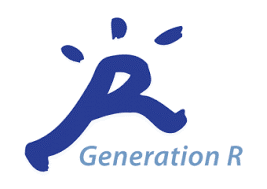
|
|
Genes, Reading and Dyslexia (GRaD) Study |
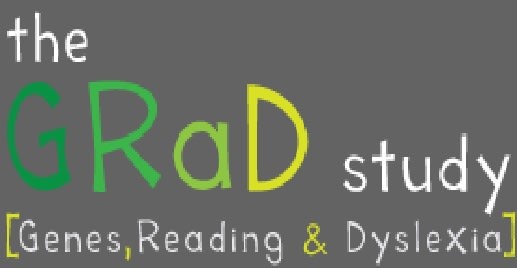
|
|
Hong Kong Bilingual Twin Project |
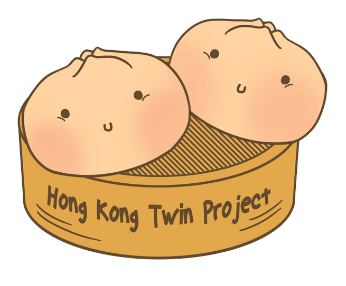
|
Medea Babylab cohort
The Medea Babylab cohort focuses on early risk markers for language and learning impairments, in a set of infants from Italy. Using newly developed techniques for studying brain and behaviour in infants, the research focuses on electroencephalogram (EEG) and event-related potentials (ERP) as potential objective early markers that may be able to detect vulnerable infants who are at highest risk for language and learning impairments. The cohort collected information on spoken language and communication development in children 6 to 48 months of age.
GenLang PI's: Valentina Riva, Chiara Cantiani, Cecilia Marino
|
NeuroDys Cohort |
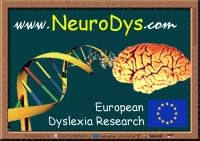
|
|
Norwegian Mother, Father and Child Cohort Study (MoBa) |
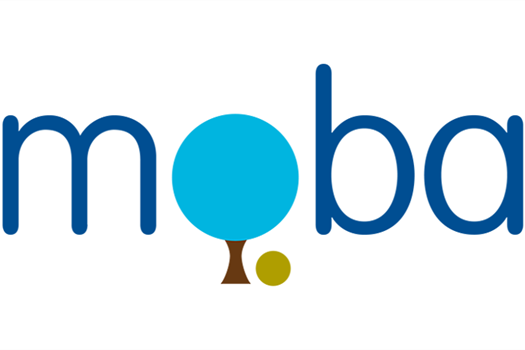
|
Iowa Language Cohort
The Iowa Language Cohort resulted from two interconnected studies and over a decade of work led by Prof. J. Bruce Tomblin at the University of Iowa in the US. A large population-based cohort of nearly 2,000 Iowan kindergartners was screened for Specific Language Impairment (SLI) in the mid-1990s. A subset of this cohort was followed for the next ten years as part of a longitudinal study. Both behavioural data and DNA samples were collected. The cohort collected information on a wide range of speech-, reading- and language-related phenotypes in children 6 to 16 years of age.
GenLang PI's: Jake Michaelson, Bruce Tomblin
Italian Dyslexia cohort
The Italian Dyslexia cohort focuses on the definition of a multifactorial model of dyslexia. Goals of the study include characterization of genetic and environmental effects on intermediate phenotypes underlying reading acquisition, and the identification and definition of early markers and new rehabilitation techniques, by implementing new neurocognitive training. The techniques employed include molecular genetic analysis, neuroimaging and electrophysiological techniques, as well as behavioural evaluations. The Italian Dyslexia cohort collected information on a range of reading-, speech- and language-related phenotypes.
GenLang PI's: Sara Mascheretti, Cecilia Marino
Italian Language community-based cohort
This research focuses on understanding the genetic and environmental factors that influence language development by studying a general population sample of Italian children aged 3 to 11 years old. The study also explores gene x environment interactions to model as closely as possible the tangled relationships between nature and nurture. The cohort collected several spoken language measures.
GenLang PI's: Sara Mascheretti, Valentina Riva
Oxford Dyslexia cohort
The Oxford Dyslexia cohort (also named UK Dyslexia cohort) is composed of 350 families and ~500 unrelated controls recruited in Reading and Oxfordshire, UK. The study has contributed to research on the genetics of dyslexia for over two decades, starting with linkage and candidate-genes studies and now contributing to GWAS meta-analysis efforts. The cohort also collected quantitative information on reading ability in children 6 to 12 years of age.
GenLang PI's: Silvia Paracchini, John Stein
|
Oxford Study of Children's Communication Impairments (OSCCI) |
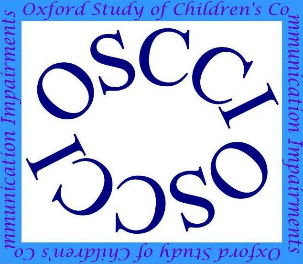
|
|
Raine Study |
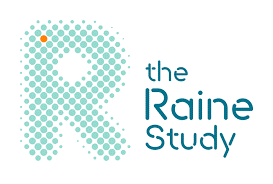
|
SLI Consortium (SLIC) cohort
The SLI Consortium (SLIC) cohort was recruited from five centres across the UK. All collections comprise British nuclear families who were recruited through at least one child with a formal diagnosis of specific language impairment (SLI), as was the standard terminology at time of recruitment. Speech, reading, language and IQ measures were collected for all probands and available siblings, regardless of language ability and DNA samples were collected from parents and children.
GenLang PI: Dianne Newbury
Stella cohort
The Stella cohort is derived from children visiting the different dyslexia clinics throughout Italy. All children were assessed with a homogeneous battery of neuropsychological tests, measuring a wide range of reading-related traits.
GenLang PI's: Silvia Paracchini, Giacomo Stella
|
Twins Early Development Study (TEDS) |
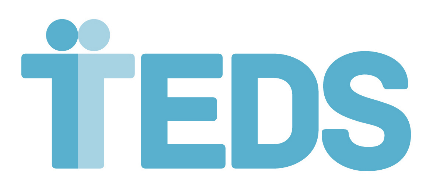
|
Toronto cohort
The Toronto cohort is a family-based sample recruited for the investigating of reading difficulties at the Hospital for Sick Children in Toronto. A total of 624 children: those with reading difficulty and their siblings, aged 6 to 16 years were included. The Toronto cohort collected data on a wide range of reading- and language-related tests.
GenLang PI: Cathy Barr
|
York cohort |
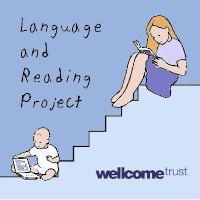
|